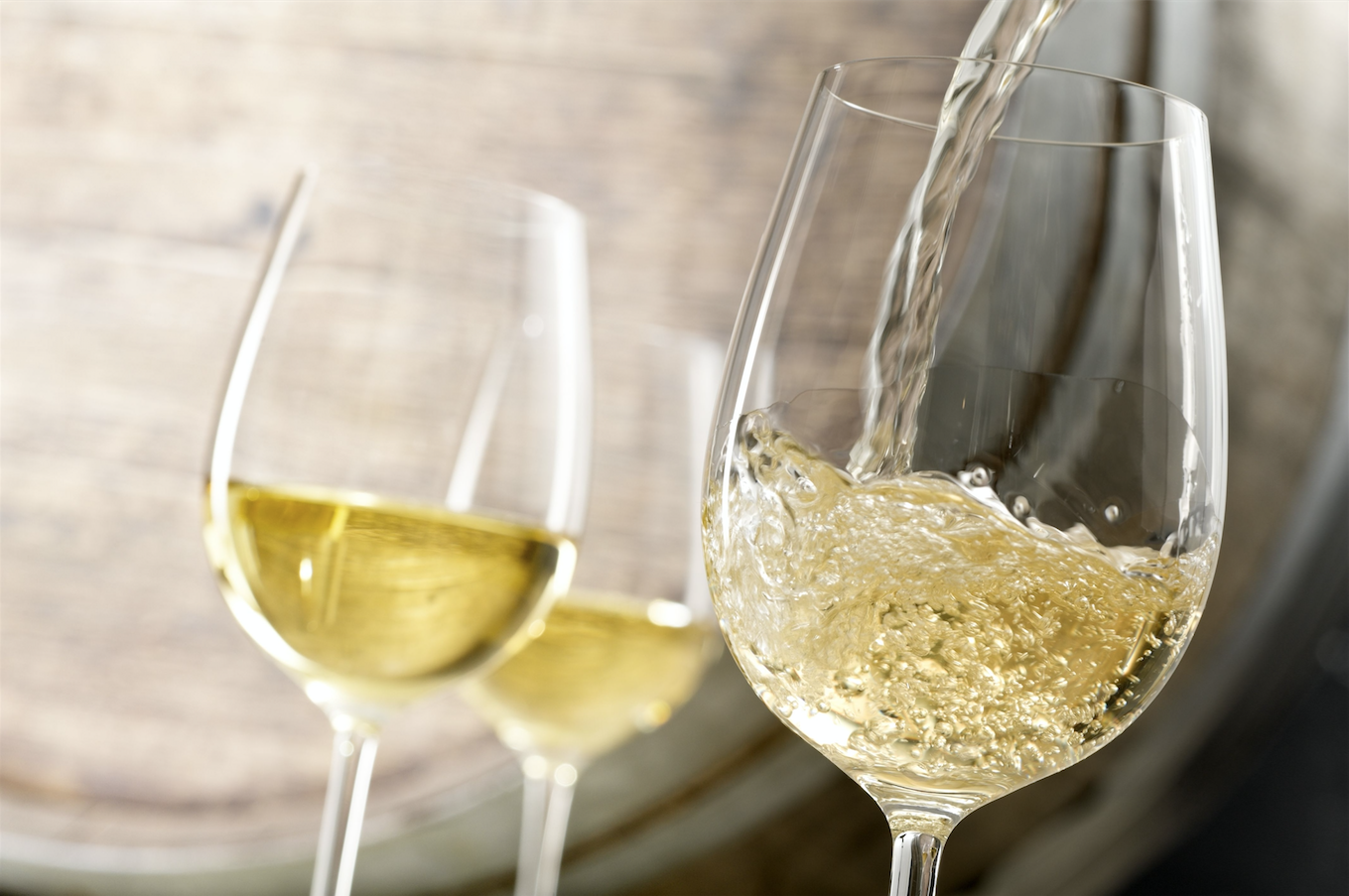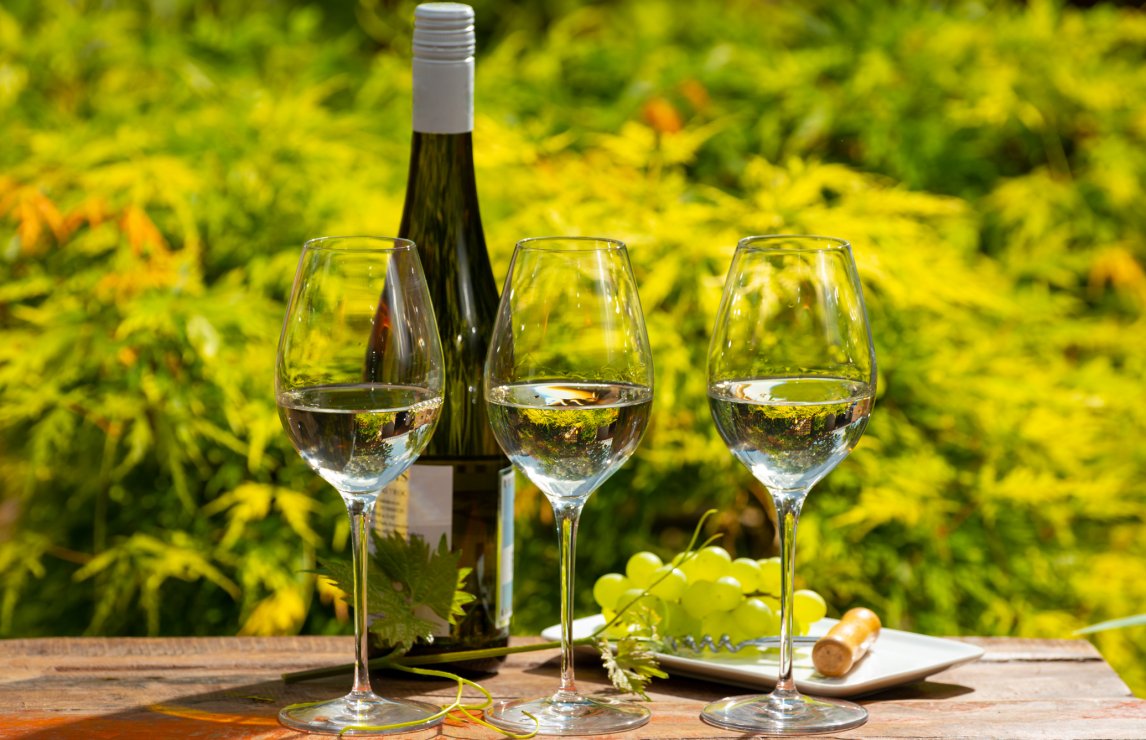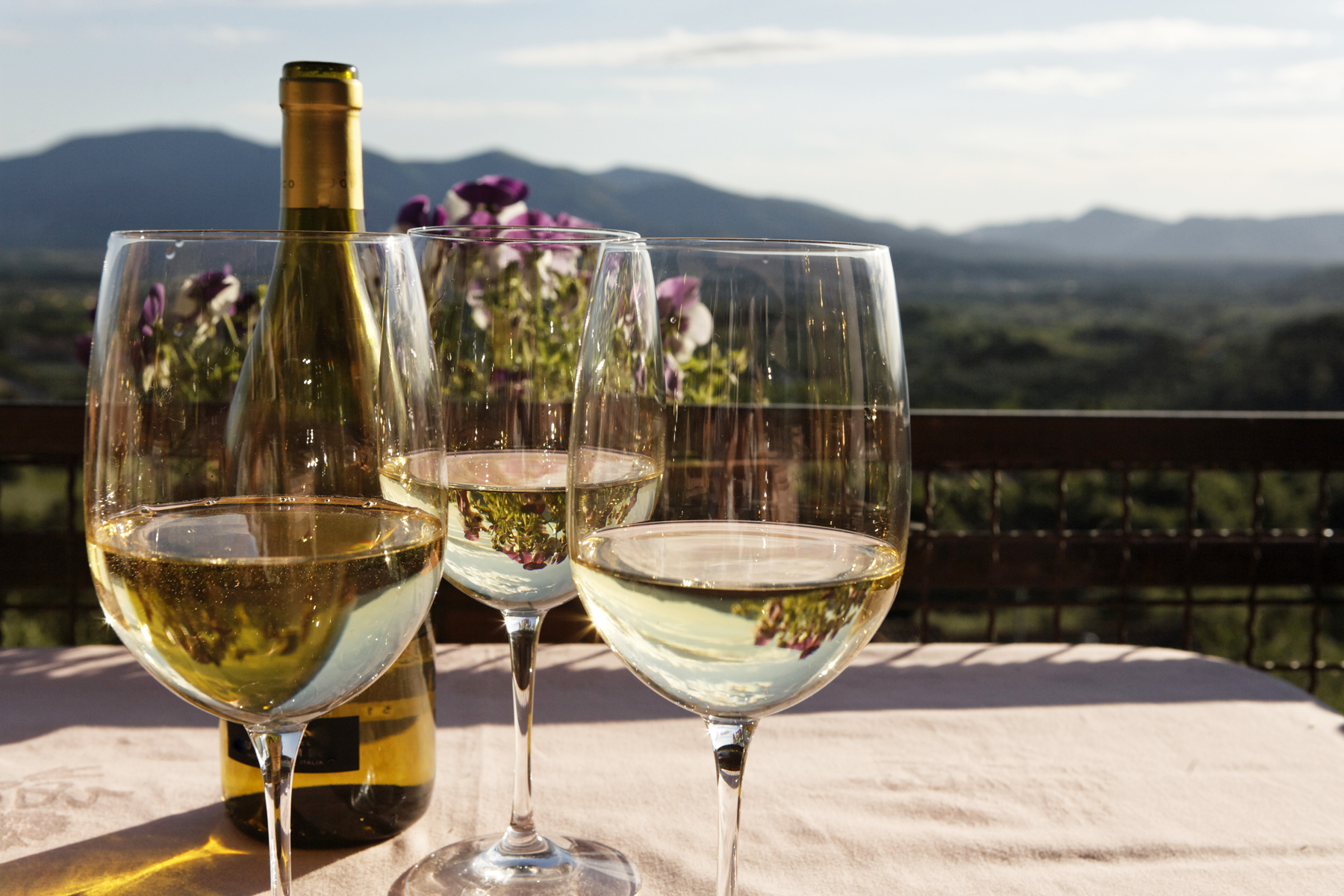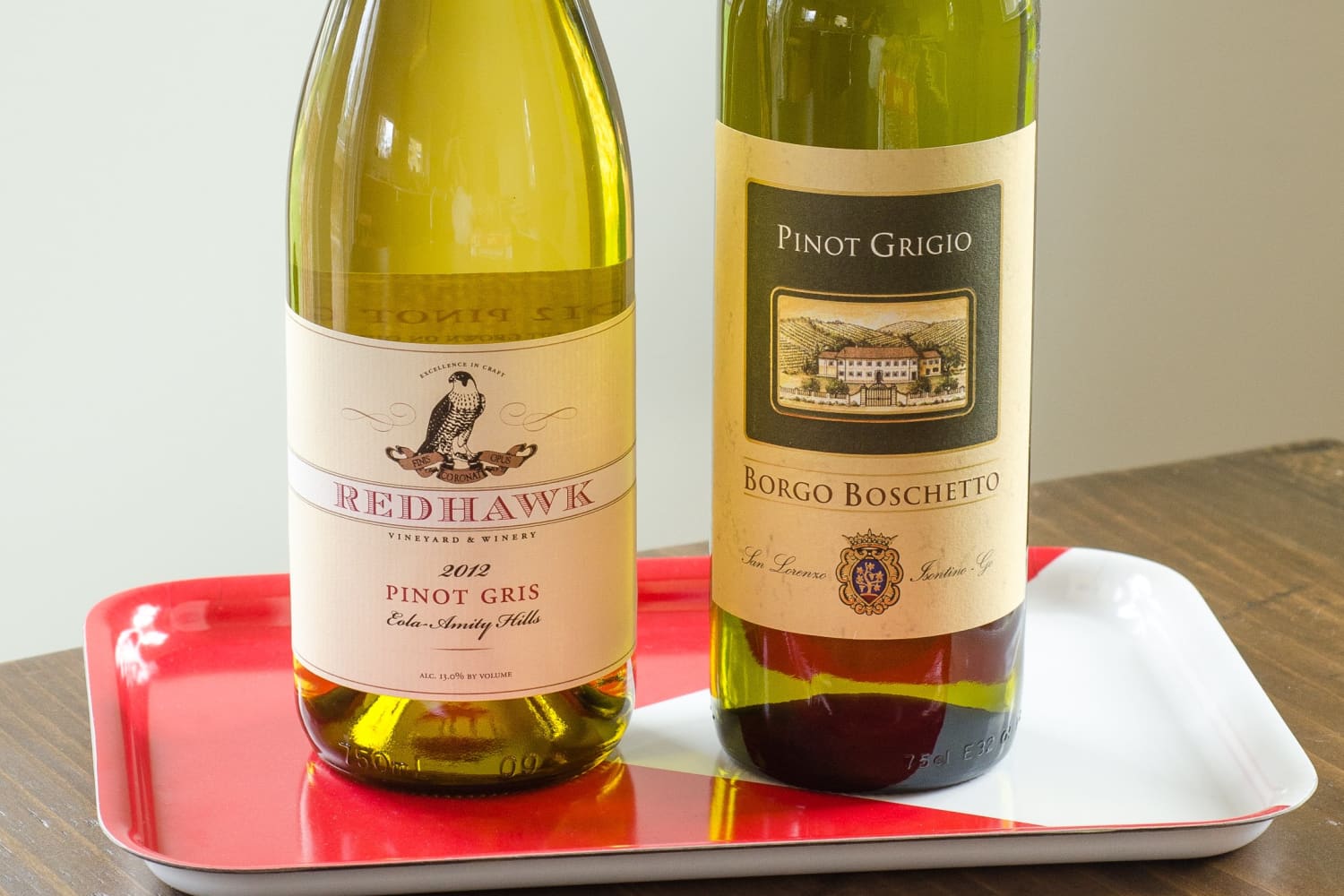If you’ve lately been interested in Australia’s vast wine regions and want to sample some of the country’s finest wines during this summer, first you might want to learn the fundamentals of white wine and the qualities of the same.
There are hundreds of grape varieties and even more types of wines created from them worldwide. Understanding the many varieties of wine, their tastes, and how they’re created may help you pick the right one while wine tasting.
Different Types of White Wines to Know
White wines have a wide range from extremely dry to extremely sweet, so whatever your taste may be, there is bound to be a white wine that appeals to you, with varying levels of acidity, body, colour, and flavour. Some white wines are created from white grapes, while others are made from red grapes that have had their skins removed. White wines include Chardonnay, Sauvignon Blanc, Pinot Grigio, White Zinfandel, and Riesling. There’s also Moscato wine, which has a similar hue to white wine but comes from a different grape family entirely.

Riesling
If you like a grape that’s high in acidity with the content of citrus aromas then you should check out the range of riesling white wine. It’s said that the first riesling grape was first grown around the Rhine River in Germany. The first known reference of riesling was in 1435, when some riesling vines were sold to a German noble. Another reference is in 1787, the Archbishop of Trier ordered that all poor vines be replaced with the riesling type, and it increased gradually in favour until then. Riesling had become a popular and sought-after wine by the 1850s, fetching greater prices than Bordeaux and Champagne.
Because Riesling is such a chameleon depending on where it is cultivated, it is impossible to pin down a single, traditional style. That is what makes it so excellent since there is a Riesling style for every taste. Riesling wines are known for their light body and aromas of citrus, stone fruit, white florals, and petrol. This is one of the most prefered types of late harvest wines because of its naturally high acidity. As you study more about riesling white wine, you’ll discover that its quality is determined by two factors: the ripeness and quality of the grapes, as well as the area.

Riesling is a notably German wine, but that doesn’t mean it isn’t produced by other countries. Beautiful Rieslings are being produced in nations like Australia and New Zealand. All of these countries, as well as other emerging areas, produce a wide range of riesling that can be dry, off-dry, medium, or extremely sweet.
Chardonnay
Chardonnay has one of the most diverse smells and flavour characteristics of any grape type, both red and white. This is due to the fact that the flavour of Chardonnay is significantly impacted by the environment and terroir in which it is cultivated, maturity at harvest, and ageing procedures. Chardonnay is regarded as one of the most food-friendly wines due to its tremendously broad spectrum of flavours and attributes.

Picture taken in Monte Carlo/ Lucca – Tuscany. Sitting on a terrace w. a view – having a glass of wine.
It’s is a dry, medium-bodied white wine with fresh, crisp flavours of fruits like pear, guava, lemon peel, and apple. The grape retains very high acidity and crisp fruit qualities when grown in a cold environment. In a warmer environment, the wines develop riper, tropical fruit-like flavours. Chardonnay is one of the few white wines that, when prepared from high-quality grapes, can age for up to 20 years. As it ages, it acquires rich buttery flavours, as well as nutty kernel and caramel notes.
Sauvignon Blanc
The name Sauvignon is derived from the French word Sauvage, which means “wild.” It originates in France’s Loire Valley and is the progenitor vine of Cabernet Sauvignon. Sauvignon Blanc is at least 500 years old and is the offspring of a rare French grape variety known as Savagnin. Savagnin wines may still be found in the Jura area of Eastern France, near the Swiss border.
Unoaked Sauvignon Blanc is the most common style–and the one you’re most familiar with. Unoaked Sauvignon Blancs are fermented in stainless steel or concrete vats and have high acidity and strong herbaceous aromas of lime, grapefruit, and gooseberry. This is the type that has brought Sauvignon Blanc into fashion, although the other style fetches the greatest bottle pricing.

The alternative type of Sauvignon Blanc is barrel fermented and matured on dead yeast pieces known as lees, which gives the wine a richer, creamier texture. The wine will also be aged in oak, imparting characteristics such as lemon curd, creme brulee, butter, and lemon oil as a result of the oak ageing and oxidation. This type is typically blended with Semillon to provide candied lemon notes and a more greasy texture.
Sauvignon Blanc is New Zealand’s most planted grape, and the bulk of vineyards are located in the northern portion of the South Island in Marlborough. While New Zealand has a temperate climate, Australia has a great region with high temperatures, however, there are cooler climate places within Australia that are appropriate for producing excellent Sauvignon Blanc, particularly the region with a cooler climate growing area adjacent to the Barossa Valley in South Australia.
Pinot Grigio
Pinot grigio is a grape that is frequently used to make a light, pleasant white wine recognised by many names in different countries. In Italy, for example, it is known as pinot grigio, whereas the French name it pinot gris. Typically, Pinot grigio is a light, crisp, and dry wine, often light-bodied and acidic. However, depending on the grapes’ growing area, certain pinot grigios can have a full to medium body and be both sweet and lemony.

Pinot Grigio lacks the distinctive flavour of Moscato or Riesling, but it does provide a pleasant sparkle of acidity and a heavier feeling at the centre of your tongue. Pinot Gris works nicely with fresh vegetables, raw seafood, and lighter meals because of its zesty and refreshing acidity, and fish and shellfish are typical Pinot Gris matching partners. Because of their body and frequently higher alcohol content, Pinot Gris from Australia can stand up to richer and creamier foods.












